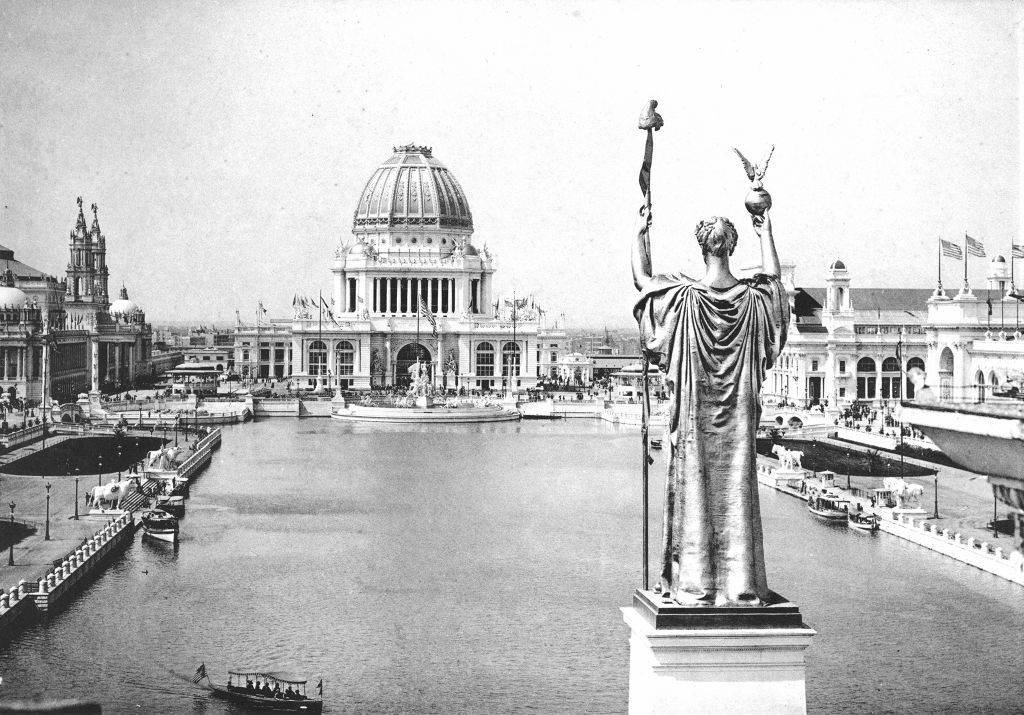About the Chicago Monuments Project
Mission
The Chicago Monuments Project intends to grapple with the often unacknowledged – or forgotten – history associated with the City’s various municipal art collections and provides a vehicle to address the hard truths of Chicago’s racial history, confront the ways in which that history has and has not been memorialized, and develop a framework for marking public space that elevates new ways to memorialize Chicago’s history.
The project has four main objectives, including:
Cataloguing monuments and public art on City or Park District property;
Appointing an advisory committee to determine which pieces warrant attention or action;
Making recommendations for new monuments or public art that could be commissioned; and
Creating a platform for the public to engage in a civic dialogue about Chicago’s history.
The Collection
Almost all the objects selected for consideration by the Chicago Monuments Project were created between 1893 and the late 1930s. Their origins can be traced to the World’s Columbian Exposition, which brought hundreds of sculptors, architects, and artisans to Chicago to design and construct an image of Chicago that aligned with the dominant culture of the day. In contrast to the harsh realities of living in a rapidly growing 19th-century industrial metropolis, the Exposition – often referred to as the “White City”— presented a highly idealized and orderly vision for Chicago in which traditional neo-classical architecture and sculpture was integrated into a well-manicured, natural setting. Constructed on a heroic scale and designed to overwhelm, the buildings and sculptures paid tribute to an idea of Progress, placing the western tradition, western Europe, and America at the apex of world civilization.
In this attempt to align itself with great European empires, past and present, the World’s Columbian Exposition set the terms for monuments for the next fifty years. Funded almost entirely by the wealthy, many of Chicago’s monuments were based on mythologies of the City’s founding that posed white explorers, missionaries, armed forces, and settlers against the indigenous tribes and nations of the region. These patrons were also responsible for idealized representations of American statesmen and military heroes.
Out of a collection of over 500 monumental sculptures and commemorative plaques and artworks on the public way and in Chicago parks, several have been identified for a public discussion because of the following issues:
Promoting narratives of white supremacy
Presenting inaccurate and/or demeaning characterizations of American Indians
Memorializing individuals with connections to racist acts, slavery, and genocide
Presenting selective, over-simplified, one-sided views of history
Not sufficiently including other stories, in particular those of women, people of color, and themes of labor, migration, and community building
Creating tension between people who see value in these artworks and those who do not
The committee understands that these artworks are not a comprehensive inventory of all of the monuments and other public symbols that need attention, but is the start to a long overdue and necessary conversation. We invite you to review the artworks that have been identified, suggest others, and to share your opinions on the role of monuments in Chicago’s public spaces.

Please note: the term “American Indian” was selected for use by this committee, under the advisement of Native committee members, as a legal term that reflects and protects the sovereign and human rights of Native peoples to, amongst other rights, access and use their ancestral and contemporary land(s) and participate in cultural practices. The committee recognizes that “American Indian” is a problematic term that does not reflect how the ancestral and contemporary people of this land would identify themselves or each other. The committee welcomes and encourages the use of other words to self-identify by individuals participating in any part of this process. It is not our intent to validate the term “American Indian” by its use.